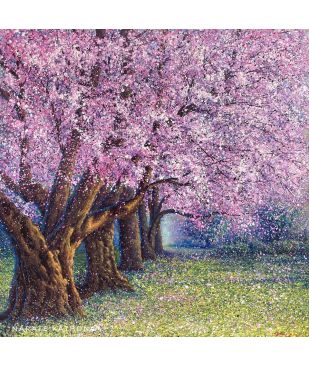
Art Terminology 101: 5 Art Terms to Describe Contemporary Art
Contemporary art is art created and produced by artists working in the present era. Contemporary artists are characterised by cultural diversity, rapid technology advancements, and complexity. Contemporary Art is more about experimentation and freedom. It mainly focuses on social impact, with society as the primary focus.
Contemporary art enables artists to remark on the society they live in, whether literally or figuratively. This can involve expressing their opinions on anything from pop culture to politics. For those interested in acquiring contemporary art for sale, this genre offers a dynamic array of pieces that reflect the current cultural landscape.
1. Abstraction
Abstraction in art refers to a style that does not attempt to represent an accurate depiction of visual reality. Instead, it emphasizes the use of color, form, line, and texture to convey emotions, ideas, or concepts. Abstract art seeks to evoke a subjective response from the viewer, encouraging interpretation and imagination. Abstraction enables artists to go beyond simply reproducing the physical world. In fact, it invites viewers into a realm of personal experience and interpretation.
2. Conceptual Art
Conceptual art places a strong emphasis on ideas, concepts, and context rather than the visual aesthetics of traditional art. It emerged in the late 1960s as a reaction to the commodification of art and the focus on craftsmanship. In conceptual art, the idea or concept behind the artwork takes precedence over its physical manifestation. Artists may use various mediums, such as text, photography, performance, or installations, to express their ideas. By challenging the traditional notions of art as an object, conceptual artists aim to engage viewers intellectually. They also stimulate critical thinking, and question the established boundaries of art.
3. Mixed Media
Mixed media refers to artworks that incorporate multiple materials or techniques. It embraces the combination of different mediums, such as paint, collage, and sculpture, to create visually dynamic compositions. By mixing diverse elements, artists can create unique textures, contrasts, and visual narratives. These transcend the limitations of a single medium. Whether through the blending of traditional and digital techniques, or the fusion of various artistic disciplines, mixed media opens up a world of endless creative possibilities and allows artists to explore new means of expression.
4. Installation Art
Installation art is a contemporary art form that involves the creation of immersive, three-dimensional environments within a specific space. It goes beyond traditional artwork's frame or pedestal and engages with the entire spatial context. Artists use various materials to transform galleries, public spaces, or even outdoor environments into sensory experiences. Installation art often aims to evoke emotional and psychological responses, challenge the viewer's perception, or convey specific messages. It blurs the boundaries between art and life and invites viewers to actively engage with the artwork.
5. Performance Art
Performance art is a visual art form. It utilizes the body as a medium and live actions as its primary means of expression. It emerged in the 1960s as a response to the increasingly commercialized art world. Performance artists create dynamic and interactive experiences by using their bodies, gestures, movements, and even spoken words. It can take place in traditional art spaces, public areas, or even unorthodox locations. Unlike theater or dance, performance art often lacks a scripted narrative and focuses more on conceptual and spontaneous elements. Its ephemeral and experiential nature challenges traditional notions of art's permanence and uniqueness. This emphasizes the power of the present moment and the direct interaction between the artist and the viewers.







